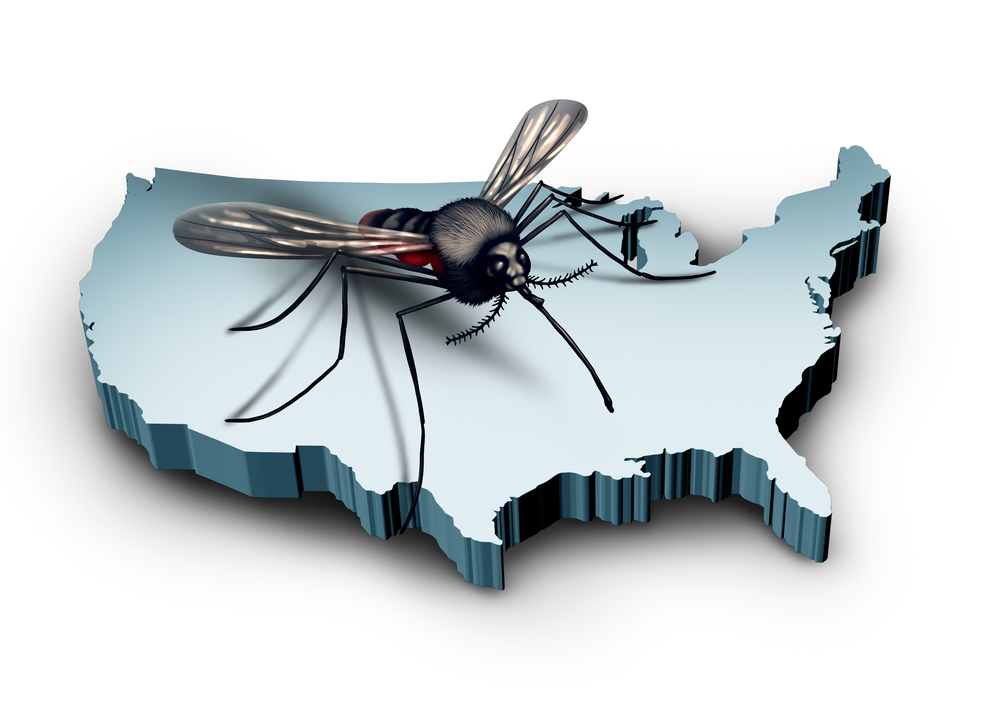
A species of invasive mosquitoes in California is capable of transmitting the Zika virus, and their populations should be highly controlled, researchers from the University of California-Davis have discovered.
Researchers from the University of California-Davis infected three different species of mosquitoes with three different strains of the Zika virus. Zika RNA was found in the saliva of 80-95 percent of Aedes aegypti mosquito species 14-21 days after infection, according to a new study published in PLOS Neglected Tropical Diseases.
While transmission rates between Aedes aegypti mosquitoes and mice were similar between all three Zika strains, an ancestral strain from a 1966 Malaysian outbreak produced the highest levels of viral RNA.
“Understanding the mosquito species that vector Zika virus is important for estimating regional outbreak potential and for informing local mosquito control strategies,” lead researchers Lark Coffey and Chris Barker of UC-Davis said. “Vector control efforts targeting Zika virus should remain focused on reducing urban Aedes populations.”
Meanwhile, neither of the other species of mosquitoes — Culex tarsalis and Culex quinquefasciatus — that were infected with Zika had Zika RNA present after 14-21 days, the researchers found.




